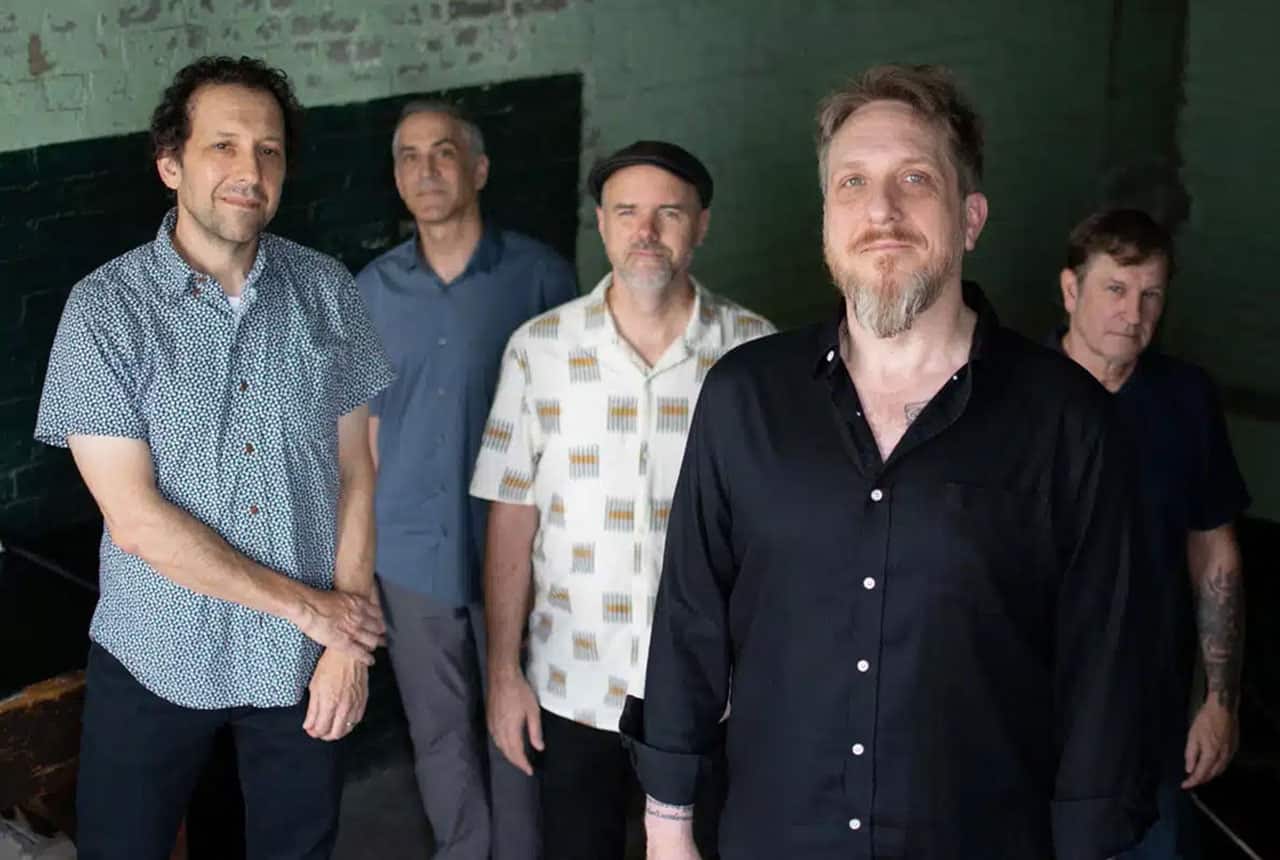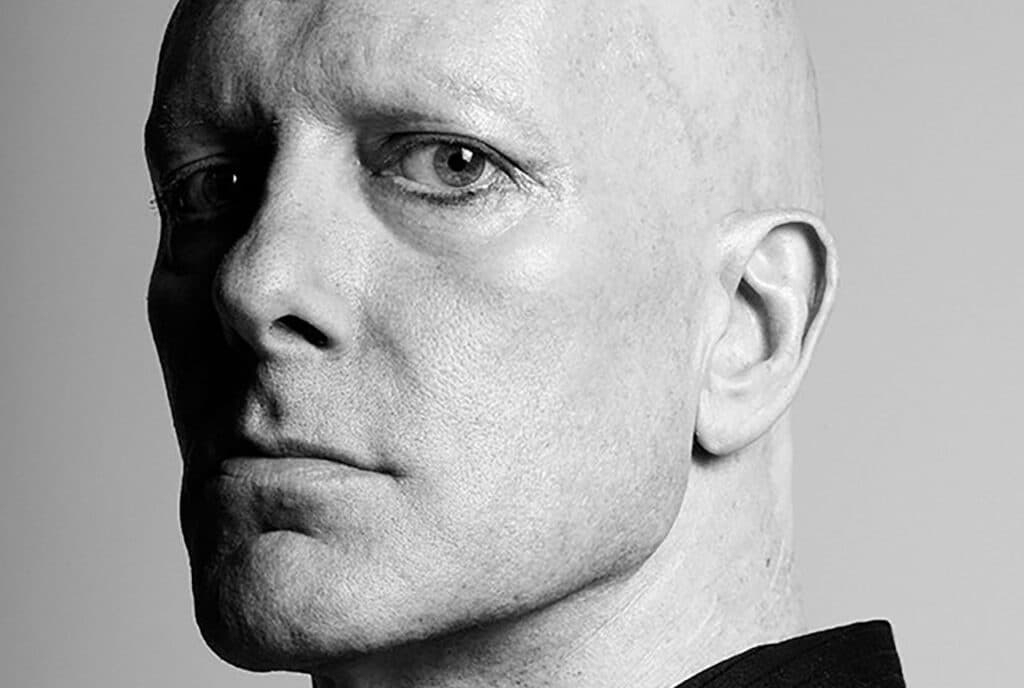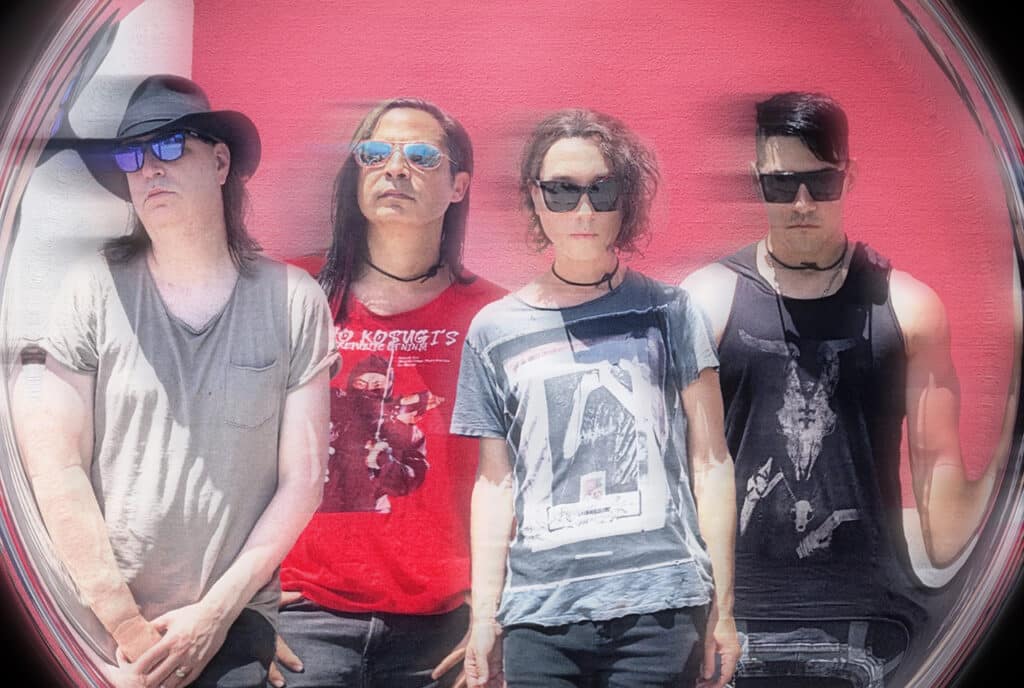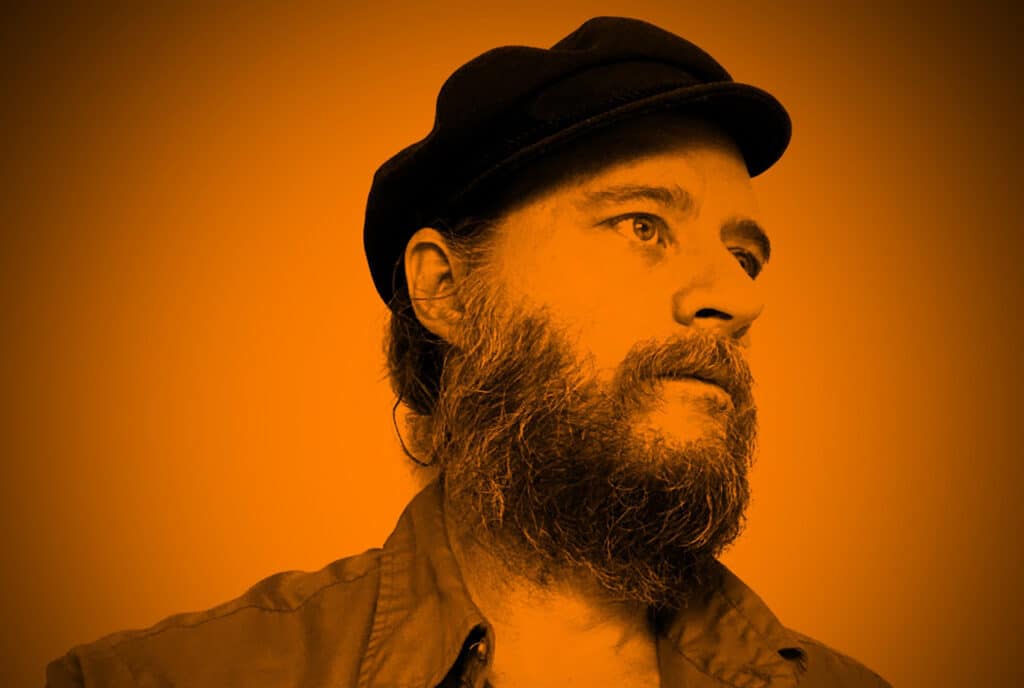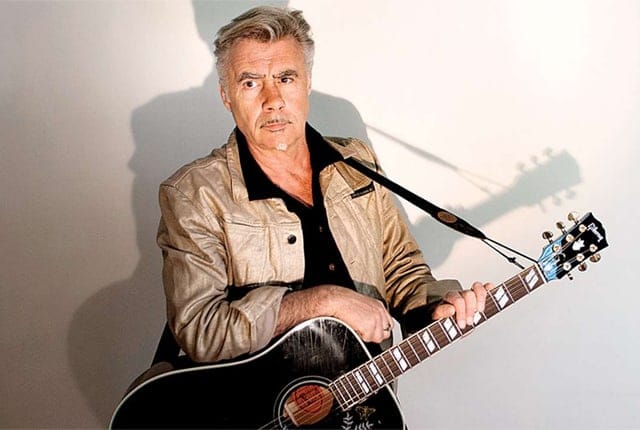Last year, the instrumental band The Royal Arctic Institute returned with a revamped lineup and a new EP, “From Catnap To Coma.” They’ve now followed that up with another EP, “From Coma To Catharsis.”
All the members of The Royal Arctic Institute have extensive musical backgrounds with their own projects and backing/session work. The group consists of drummer Lyle Hysen (Das Damen, Arthur Lee, The Misguided), guitarists John Leon (Roky Erickson, Summer Wardrobe, Abra Moore) and Lynn Wright (And The Wiremen, Bee and Flower, Shilpa Ray), bassist David Motamed (Das Damen, Two Dollar Guitar, Arthur Lee, Townes Van Zandt), and keyboardist Carl Baggaley (Headbrain, Gramercy Arms). “From Coma To Catharsis” is Wright’s last work as a full-time member, as the guitarist recently relocated to Berlin.
We interviewed Hysen last year about “From Catnap To Coma” and recently spoke to Leon to get an update about the making of “From Coma To Catharsis.”
This is your second EP with this lineup. How did the processes of making it compare?
John Leon: Well, it was a continuation. However, with the first EP, everything was basically written, fleshed out, set in stone. We went in and knocked it out. It was really easy. This record was a little different because a lot of the pieces were still skeletons. And we were kind of racing against the clock because James McNew was leaving to go on tour with Yo La Tango and our second guitarist was moving to Berlin. He actually moved to Berlin two days after we finished tracking.
So it was kind of a race against the clock. We had a lot of work to do, and in retrospect, it was pretty great because it really forced us to step our game up and get everything ready for the actual dates when we were doing the tracking. That process was the same. James is great. He has everything set up and ready to go by the time you get there. And he’s just such a sweet, easygoing, laid-back guy that the whole feeling of the session with him is just really warm, really positive, very laid back. So that’s great. Both records kind of reflect that.
Was there any overlap between the two? Were there any songs that emerged from ideas not used on the first EP? Or was it a completely separate piece of work?
John Leon:There was one. There was one piece that we had kind of written, which is funny. The piece is called ‘From Catnap To Coma,’ which is the title of the last record. But the tune ended up on this record. So that’s the one; that’s the one that was kind of finished. It just didn’t make the cut the first time. I don’t know why, I don’t remember. But it ended up on this one. Everything else was really written after the first EP. Our process here … here’s a through line for us. Our process has always been that someone will bring in a piece of music. I’ll write something at home. I’ll demo it out. Or Dave Motamed, our bass player, does the same thing. Everybody will bring in something and it becomes very much a band effort. We will take the piece, we’ll completely tear it apart, we’ll deconstruct it. Everybody will write parts and we just keep playing it until it feels right. I mentioned our bassist, Dave Motamed. He’s a master arranger. For pretty much all of the tunes on the first record and this record, he’s responsible for the arrangement. He’s just got a really incredible knack for it.
Given that process, what percentage of the ideas that people bring in actually develop into songs?
John Leon: All of them? I mean, every once in a blue moon somebody will bring something in and we end up scrapping it, but it’s kind of rare. One of my favorite things about it is how whoever brings something in, by the time we’re done with it, it’s typically so different from the piece that was brought in. And getting to watch it kind of take on its own life, that’s really gratifying. That’s one thing I really loved the most about the process.
Did you work out any of the material live before going to record it?
John Leon: That’s a good question. We typically don’t play something live until it’s complete. Unfortunately, we don’t play that many live shows. Typically, once a month. I would love to play live a lot more, but everything got so turned upside down with the pandemic and it feels like we’re just now kind of recovering from that. I know a lot of venues kind of have a backlog of bands that had shows scheduled. Especially a lot of bigger bands, who are now kind of trying to make up for a lot of lost time. Gigs have been a little hard to come by, it seems. I don’t know, maybe we weren’t trying hard enough because we were so busy writing.
The band is fairly unique. What do you feel the optimal live venue is for you? What types of shows do you think are most appropriate for your style?
John Leon: Typically smaller, more intimate venues. I mean, we’re pretty quiet. We played at the Mercury Lounge in Manhattan last year. It was a pretty big venue. We played with Jennifer O’Connor and because it was a bigger venue, we were just kind of forced to play louder. I can’t speak for the other guys, but there was something about it that just felt awkward.
And so the smaller venues, the more intimate things, feel really good. One place we love to play is in Hoboken, this place called Issyra Gallery, which is this beautiful African art gallery in the Neumann Leather building. I dare say I would rather play there than any bar. It’s beautiful. We played in Patterson, New Jersey earlier this year at this arts collective called Prototype 237. It’s a really great venue. I don’t know that many people really know about it.
It’s in this old industrial building in Patterson. I think Patterson’s one of these kind of little towns that kind of died and there are all of these old factory buildings and some artists have gone in and made this collective that’s a beautiful spot to play. That felt really good, kind of because it wasn’t really a bar. I mean, don’t get me wrong, I love playing in bars, but I like non-traditional venues a lot.
Was it obvious that you wanted to do another ep? Did you consider doing a full-length album?
John Leon: I think it just happened. The time constraint that we had was kind of at play. And there was also this other idea that’s gonna get fleshed out later this year. We had the ep, the ‘From Catnap To Coma’ ep. And so, later this year, we’re going to release both on an LP – on vinyl – because they’re kind of companion pieces to one another, anyway. We kind of had that idea going into it that we wanted to do something like that. And it’s worked out where later this year we’re going to get to do that. We’re going to press some LPs which are both.
You mentioned that you don’t really perform material until it’s completely done. But did performing the last EP live have any impact on when you came back and did the new one? Did those live performers have any impact on your working process?
John Leon: I think we were just far more comfortable playing together. When that first ep, ‘From Catnap To Coma’ came out early in 2022, we went on a tour of the East Coast and that had us playing pretty much every night. And you know how it goes, by the end of the tour, you’re pretty gelled. But we’ve been playing together for a really long time and we’ve all known one another for a really long time now. And so playing, those shows, not just that tour, but all the other shows that we did leading up to going in and recording this record, I think that we just felt more and more comfortable with one another. We’re all very good friends. I mean, we all spent time together outside of playing music. When you get to be our age, you have no business playing music with anyone that you wouldn’t want to have dinner with.
I know you’ve all been involved in many different projects. When you came together as a band, did you really have a strong sense of what you were trying to do? Did it evolve organically out of just playing together? How did the Royal Arctic Institute take shape?
John Leon: To answer your first question, no, we really just sat together and started playing. The band started back in 2016. We were a trio with our original bassist, Gerard Smith. We did a few records. When we got together, at first we really were just kinda like, let’s have fun. We booked a show at Issyra Gallery and played and kind of gelled and we made two full-length records. And then by the end of 2019, it kind of hit a wall. I had some other stuff going on and I was kind of done. And so we kind of called it quits. And at that time ….. Lyle and Dave were the rhythm section for Das Damen. So around that time, Das Damen got back together to record a song for a Flaming Grooves’ tribute record. And it was the first time that Lyle and Dave had played together in over 20 years. And they had so much fun, they decided they wanted to play again. And so, Lyle called me and we decided to get together and started writing as a three-piece. I had met Carl, our keyboardist, the previous year. I had played with him in another band for a show, and anything that guy touches just turned solid gold. So we invited him in and we’re writing as a four piece. And then Lynn Wright, our second guitarist, I’ve known Lynn since the early nineties. He and I had kind of a duo project that we had messed around with for a little while, and I wanted to play with him again. And so I called him in and the five of us just gelled. And that’s kind of how this version of the group came together.
Was there any question about keeping the same name as opposed to maybe giving it a different identity since it was a different lineup?
John Leon: Lyle and I talked about that, and it was too difficult to change it on Spotify; we didn’t want to deal with all of that. So it was more out of laziness than anything.
So with Lynn moving, do you feel you’re going continue as a four-piece, or are you going to try to bring in another guitarist?
John Leon: We’re definitely gonna continue as a four-piece. And we’ve talked a bit about bringing different people in to collaborate with. We don’t have anything set in stone at this point. There are some other guitarists and multi-instrumentalists that we all know that we’ve kind of tossed the idea around of inviting them to come play with us, maybe sit in for a show, see what feels good. But as a four-piece, it feels good. Now that Lynn’s gone, it really kind of forces me to be on my toes cause I’m covering a lot of ground. It’s a good challenge.
Do you feel the recording process you used on the ep, doing it quickly, is the optimal way to work? Or do you think in the future you might want to spend time and do more studio work?
John Leon: Well, we were talking about it and I think that we want to do a full length … I don’t know a timeframe on it. Maybe track by the end of the year, I don’t know. But I think next up we want to take some time and flesh out a good 10 or 11 tunes, full-length. And that’ll allow … if we take time to do it, that’ll allow us kind of going back to your other question, to really kind of bring some other people in and add different flavors to it.
For more info and live dates, visit theroyalarctic.com.
Purchase the new EP at: alreadydeadtapes.bandcamp.com
